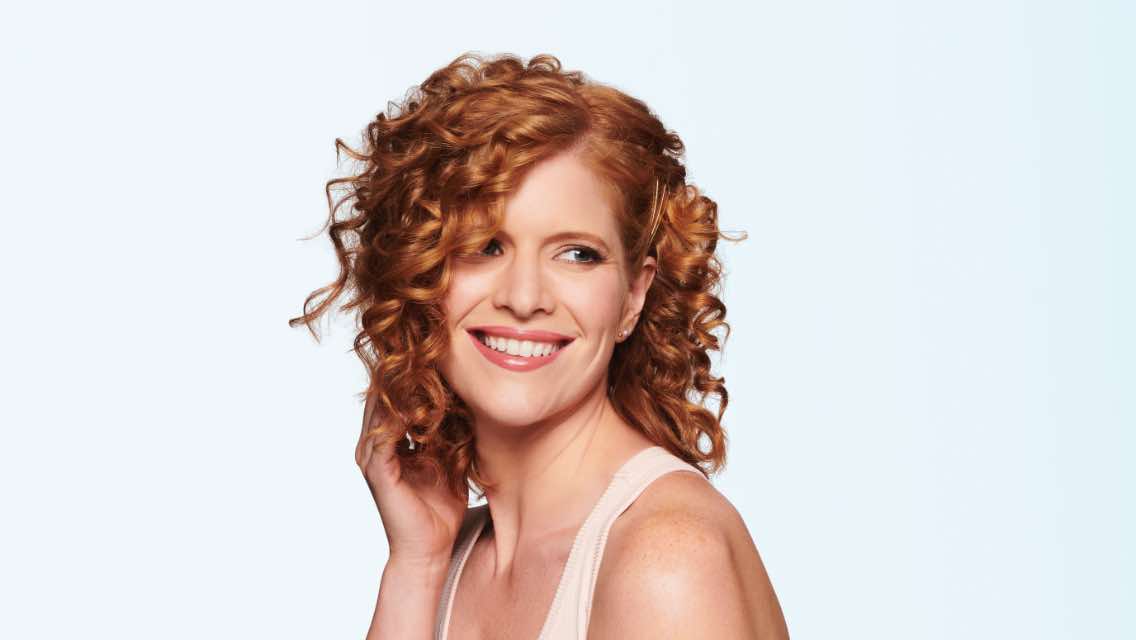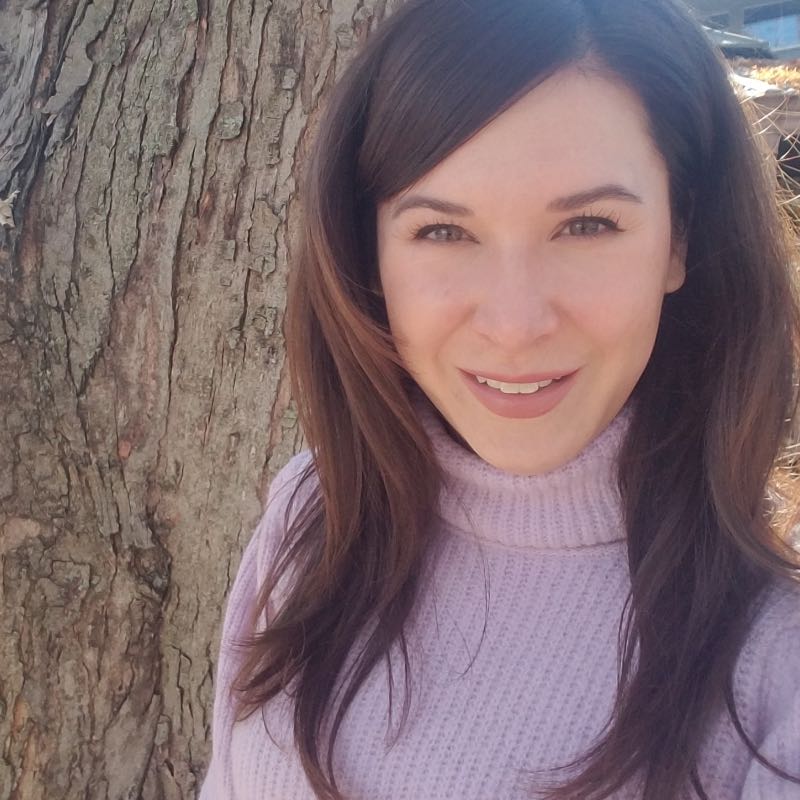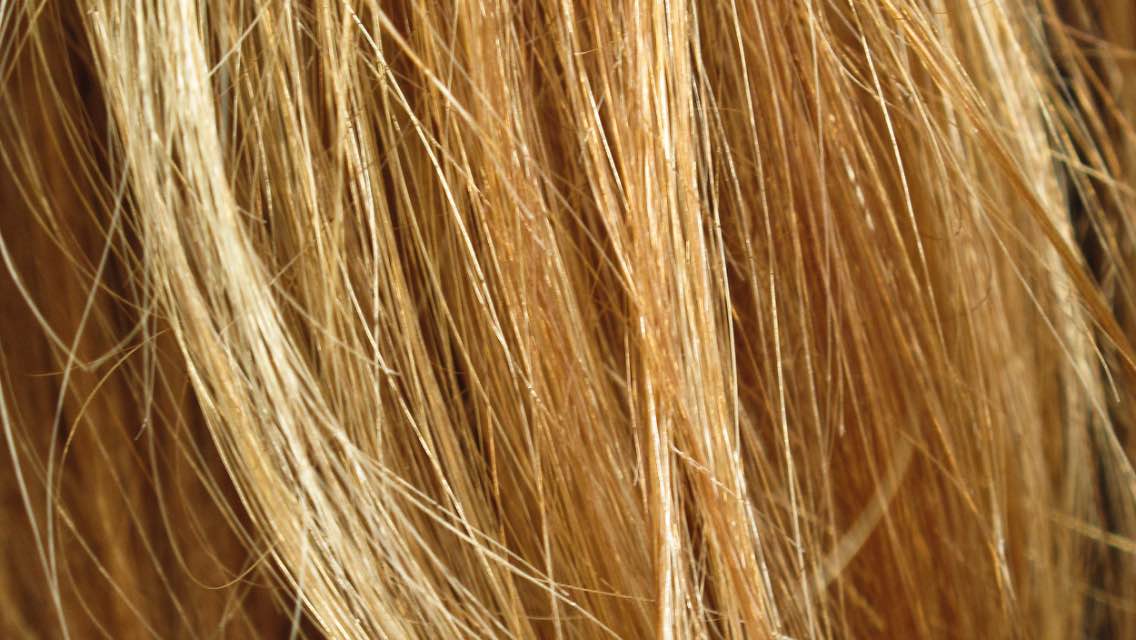Whether you color your hair in vibrant shades to express your personality or to enhance your natural shade, certain hair colors tend to suit specific skin tones better than others. Where some hues can make a complexion look washed out, for instance, others can increase the appearance of a rosy glow.
Complexion, or the color of your skin, is usually categorized as light, medium, dark — and can be anywhere in between. It can even vary slightly by season if you tan naturally in the summer. But no matter how light or dark your complexion is, the tone of your skin always remains the same and will be either warm, cool, or a combination of tones (sometimes called neutral).
The hair colors that complement you depend on your skin tone. A good hair colorist will consult with you before an appointment and consider your unique skin tone and complexion before you commit to a color; however, knowing which colors best complement you is a good place to start when considering a change.
Unsure about your skin tone? Follow the steps below to identify yours, then read on for hair color recommendations from expert colorist Aubrey Loots, artistic director for LifeSpa and global top artist for Wella Professionals.
How do I identify my skin tone?
“Hair typically frames the face, and if the hair color you choose isn’t suitable with your skin tone, it can cause your skin to appear dull, or you to look sickly or older than you are,” says Loots. “That’s why it’s incredibly important to consider skin tone when coloring your hair.”
To find your skin tone, follow these five simple steps:
- Wash your face and wait 15 minutes until any redness subsides.
- Grab a piece of white paper and a hand mirror, and then find a good source of natural light or go outside. Holding the paper next to your face, use the mirror to look at the paper’s contrast with your skin. A rosy-pink tone means cool, while a yellow or light-brown tone means warm. If it’s hard for you to tell which color, you may have a combination skin tone.
- Look at your eye color. Blue, gray, or other pale eye colors often have cool undertones, while green and brown eyes, or those with gold flecks, typically have a warm skin tone. If your eyes are hazel, try to determine if they lean more gray (cool) or more gold or green shades (warm). Some people have a warm skin tone and cool-toned eyes or a cool skin tone and warm-toned eyes. This blend of warm and cool tones may mean you’re a combination skin tone, so if you’re still undecided, you’ll want to consider that possibility during the next steps.
- Think about the colors you feel confident wearing. If you look best in a favorite blue or lavender sweater, you’re likely cool-toned. If orange, yellow or coral are your favorites, you’re probably warm-toned. Is bright true red your favorite color to wear? You might be a combination of cool and warm skin tones.
- Examine the veins on the underside of your arm (if you have a lighter complexion). If they appear bluer, then you likely have a cool skin tone. If they are greener in hue, you likely have a warm skin tone. Those with darker skin colors or combination skin tones may have difficulty determining.
Now, consider if the majority of your answers were cool or warm. If your answers were mixed or hard to determine, you’re most likely a combination of cool and warm skin tones.
What hair colors work best for each skin tone?
According to Loots, there is a “rule of thumb” when it comes to suitable hair color based on skin tone and eye color. He advises looking for the opposite — or complementary — tone to your skin. If you have opposite tones in your skin and eye color (e.g., cool skin tone and warm-toned eye color or vice versa), most shades will work well on you; however, Loots cautions against choosing a hair color too close to your complexion, as it can wash you out.
Cool skin tones:
Loots recommends that someone with cool skin and cool eyes choose warmer hair tones like golden-blonde, wheat, and caramel that bring life to their complexions. “Avoid colors that are ashy as they will likely wash you out,” says Loots. If your eyes are blue or gray, consider bringing out the color with contrasting copper, warm-red, honey-blonde and chocolate-brown shades.
Warm skin tones:
Try hair colors that are cool or ashy, as they can help warm skin tones look creamier and less yellow. If you have a deeper complexion, Loots recommends blue-black or lightening up to a deep mocha, burgundy, or cool “bronde” (brown-blonde) for a softening effect. Those on the paler side can choose ashy, platinum, or champagne-blondes, or switch things up with the striking contrast of a dark chocolate shade.
Combination skin tones:
If you have a combination skin tone, you’re able to take a broader approach when it comes to hair color. “If you have warm eyes with a cool skin tone, cool eyes with a warm skin tone, or your skin seems to be between warm and cool tones, then you can go either way,” says Loots. “Combinations can do them all — warm, cool, or mixed-toned hair colors, such as a rich brown, dark coffee, or a cool blonde.”
What else should I consider before choosing a hair color?
Loots recommends playing up your eye color and also considering your hair texture and desired maintenance level when deciding on a hair color. “Eye color may lean a combination skin tone more warm or more cool — or perhaps you want to bring out the gold flecks in your eyes. The hair color you choose can impact that,” says Loots.
As far as texture goes, Loots says curly, wavy, chemically treated, or bleached hair tends to be more porous and may absorb pigment faster. Darker or textured hair may need extra processing time. A professional colorist will examine your hair texture to ensure they use the proper color formula and timing so your hair takes on the desired shade.
In addition, consider appointments for color maintenance. “Clients who prefer to wash their hair more frequently will see hair color fade sooner than those who can manage to wash once or twice per week,” he adds. “More drastic, all-over color changes or covering grays will also require more frequent appointments, so you definitely want to keep your budget in mind for touch-ups and maintaining your hair color.”
What color types and techniques should I ask for?
If you’re going for a more drastic change like dark to light or light to dark, Loots recommends an all-over, multi-dimensional color. For someone looking for a lower-maintenance commitment or first-time experiment with hair color, Loots praises demi-permanent color or gloss treatments that fade gradually.
“Both have the ability to liven up the hair, subtly alter or tone the hair, and give it healthy shine,” he says. “Hair painting, also known as balayage technique, can also be done in a subtle way to add sun-kissed pieces that frame the face and bring life to your natural color.”
Looking for more guidance on your hair color journey? Let your salon know you’re considering a color change when you call to book your appointment. Many stylists will build in a brief color consultation at the beginning of your appointment to answer your questions regarding the color, tone, and maintenance level that will work best for you.





